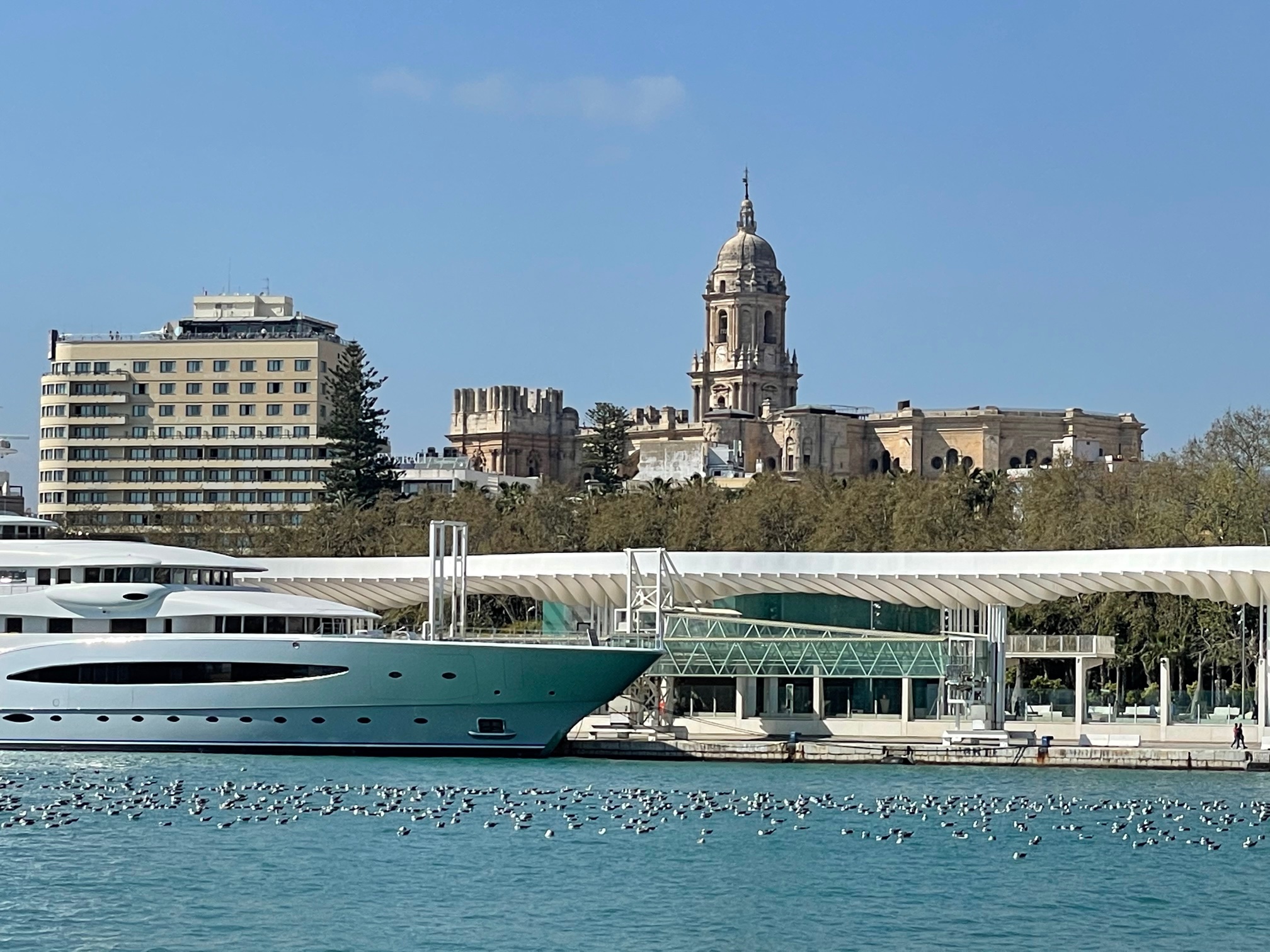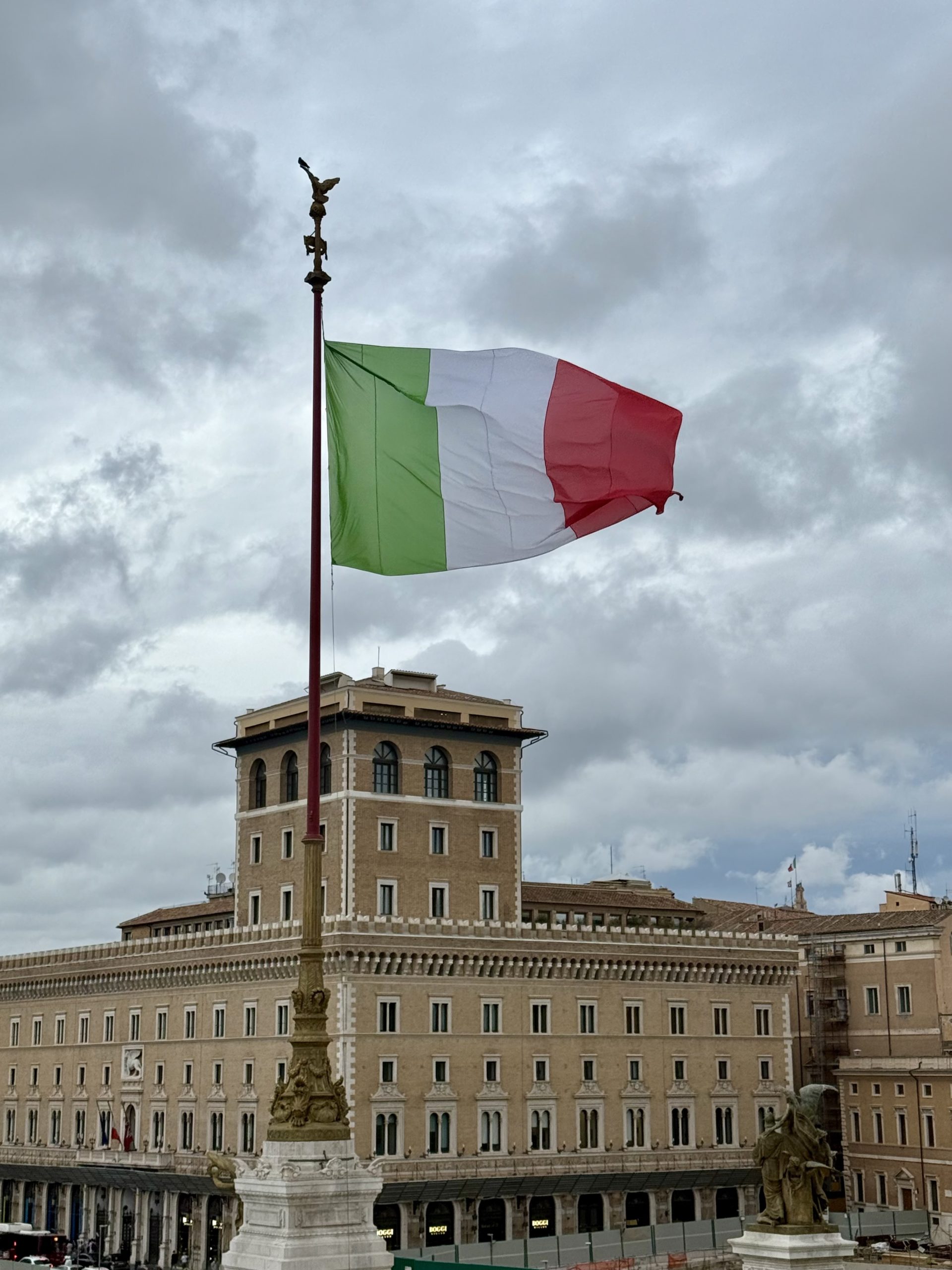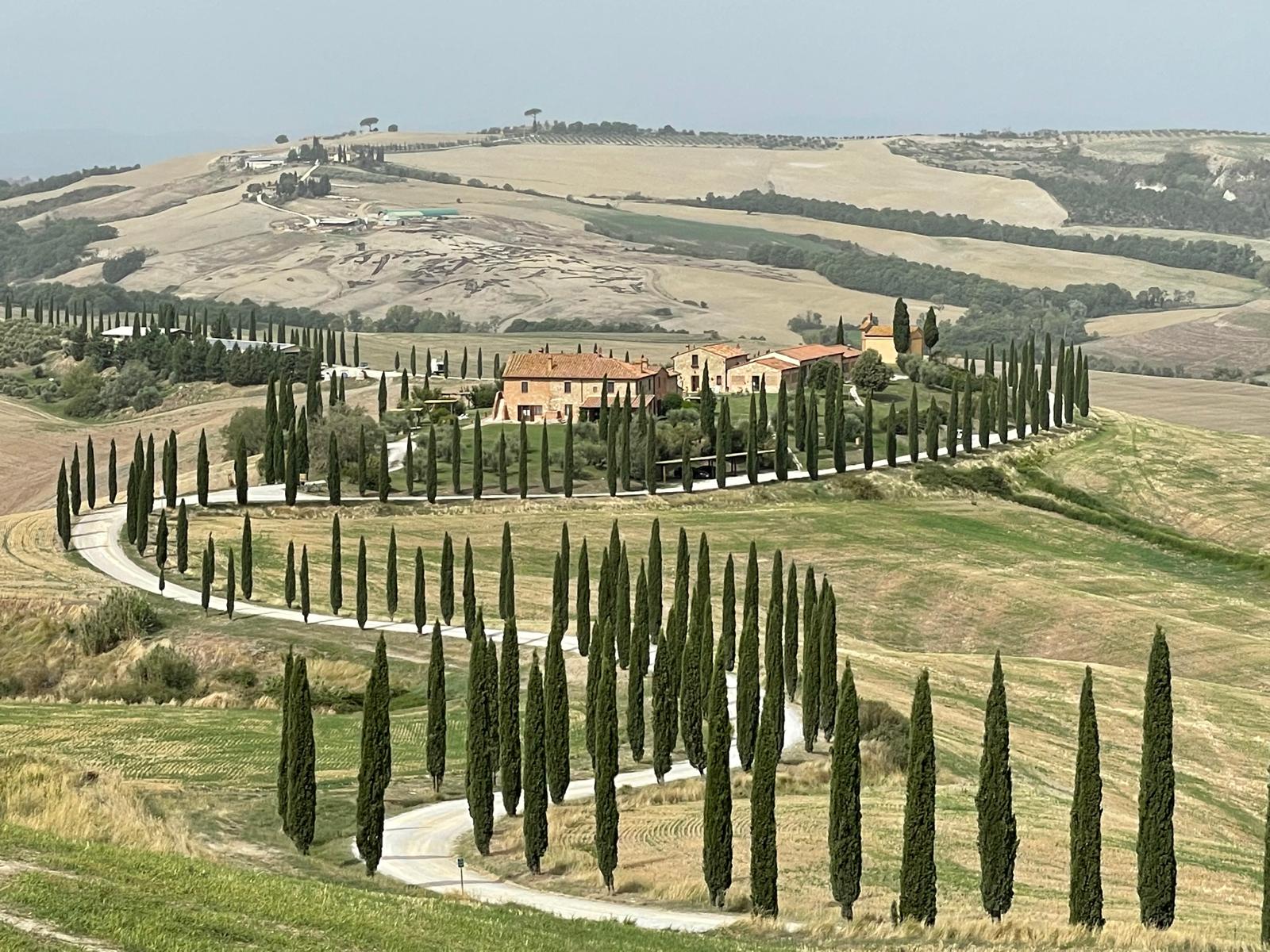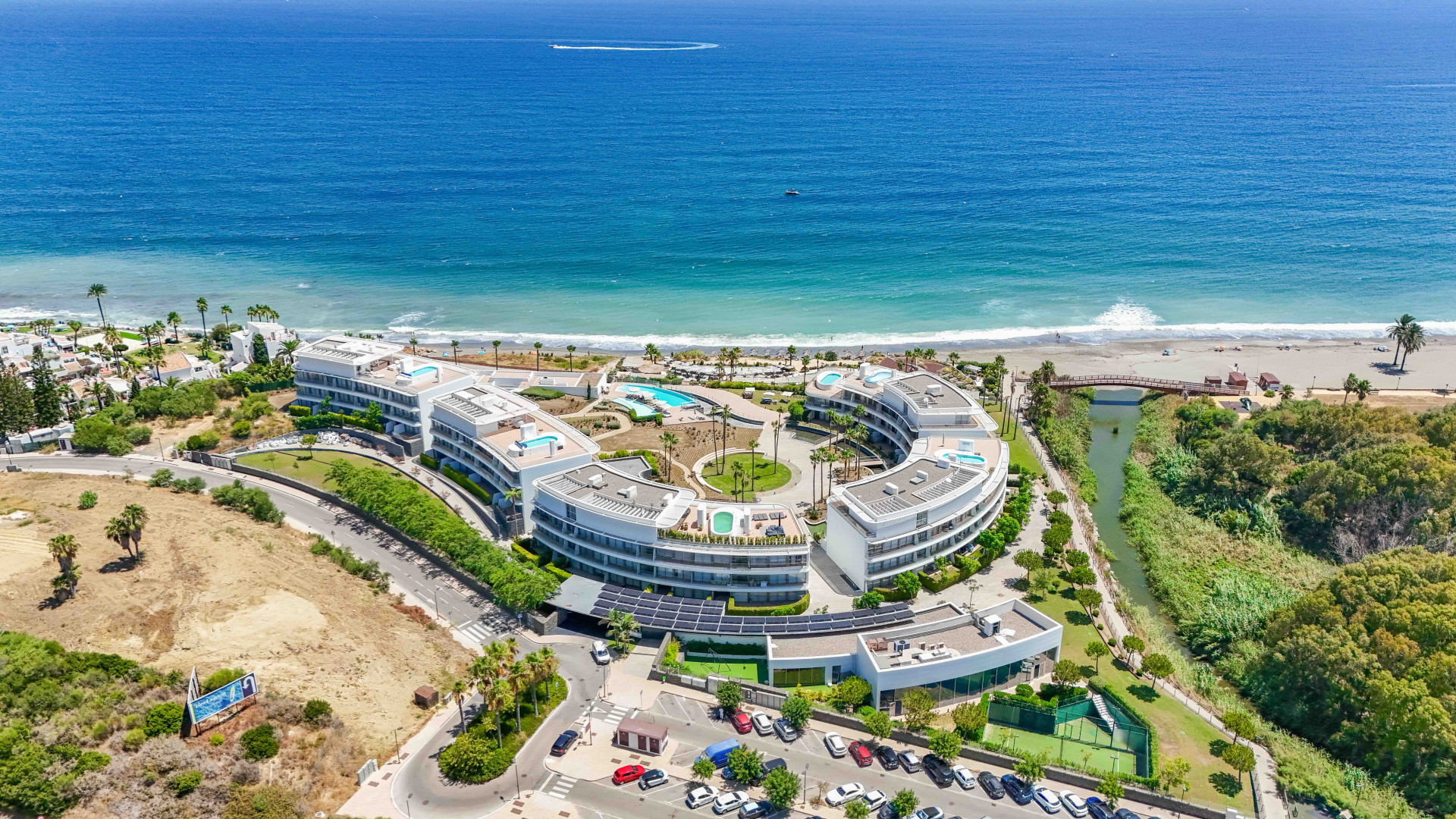Where to buy an apartment in Italy or in Spain?

You are planning to buy a second home in Southern Europe and you are hesitating: living in Italy or in Spain? Both countries entice with climate, sea, and cuisine, but they differ in market structure, prices, procedures, and maintenance costs. The following guide compares the most important aspects to help you make a decision. The phrase “living in Italy or in Spain” appears here repeatedly, because it is precisely this alternative that investors and families planning to move or buy a second home most often consider.
What’s in the article?
- Which country is cheaper for buying real estate, Italy or Spain?
- What are the differences in apartment prices between Italy and Spain?
- Where is it easier for a foreigner to buy an apartment, in Italy or in Spain?
- Where are apartment maintenance costs lower, in Spain or in Italy?
- Conclusions and recommendations

Which country is cheaper for buying real estate, Italy or Spain?
It depends on the region, but comparing “apples-to-apples” Spain more often proves to be more price-predictable in coastal locations with good infrastructure. Italy, on the other hand, offers a wide spectrum from very cheap towns inland to extremely expensive premium addresses.
Spain: In popular areas like the Costa del Sol, Costa Blanca, and the Canary Islands, the market is dynamic and prices are well set by international demand. This makes it easier to find a property whose value and rental potential can be estimated with reasonable accuracy. In practice, many buyers who ask themselves “an apartment in Italy or in Spain?” tend to choose Spain precisely because of the market’s transparency and liquidity.
Italy: In Renaissance cities (Florence, Rome, Milan) and in top resorts (Como, Portofino, Sardinia, Capri), prices are high and supply is limited. Meanwhile, smaller towns in regions such as Apulia, Calabria, Basilicata, or Abruzzo can surprise with low prices per square meter. So if your priority is the absolute lowest entry cost, Italy can win in peripheral locations.
If you compare coast to coast and towns with similar recognition, Spain usually comes out ahead on both price and investment potential. If, however, your goal is a country house in a small Italian town, Italy may be cheaper at the outset – though not necessarily more profitable in the long run.
To better understand the Spanish market, check out the guide “Buying property in Spain in 2025”.

What are the differences in apartment prices between Italy and Spain?
Markets differ in structure and price ranges:
Spain:
- Costs (Costa del Sol, Costa Blanca): wide price ranges, but also a broad supply in new developments and on the secondary market.
- The Canary Islands and Balearic Islands: higher tourist demand, hence prices are stable; buyers typically lean toward Spain due to better flight availability in winter and year-round rental.
Italy:
- North (Milan, Como, the Alps): premium and business zones – priced higher, less price flexibility.
- Tuscany, Umbria, Liguria: high scenic attractiveness, but supply is limited and often “scattered”.
- South (Apulia, Calabria): well priced in smaller towns, however rental profitability may be seasonal and lower than in top Spanish resorts.
In practice, this means that in a comparable seaside resort with good air connectivity and a long season, an apartment in Spain is often easier to rent for most of the year, which translates into a clearer return-on-investment calculation. You’ll find more details in the guides: “How to buy an apartment in Spain?” and “Where is the best place to buy an apartment in Spain?”
If you’re interested in where Poles most frequently buy, the report “Where do Poles most often buy apartments in Spain?” will be helpful. For anyone weighing an apartment in Italy or in Spain, demand patterns often point to locations with better resale liquidity.

Where is it easier for a foreigner to buy an apartment, in Italy or in Spain?
Legal framework and market practice:
Spain is renowned for friendly procedures for foreigners. Obtaining a NIE number, a bank account, notarized signing of the deed, and registration of the property in the registry are processes that are well standardized and widely handled in English. Buyer’s advisers, law firms, and banks have specialized pathways for non-residents.
In Italy, too, you can efficiently buy property as a foreigner, but the process tends to be more “cascading” and dependent on the local notary, municipality, and the legal status of the property. In practice, this requires a bit more patience and solid legal support, especially in small towns.
Transparency and data availability:
In Spain, the availability of comparable market data is easier, and the market is more “international” in many coastal regions. This is a plus for people who choose between the options: living in Italy or in Spain and want to quickly compare real prices, rents, and community costs.
In Italy, information tends to be more dispersed, and differences between municipalities are greater.
Financing and after-sales support:
In Spain, the availability of contract templates, management services, and rental companies is wide, which facilitates starting an investment remotely.
In Italy, the short-term rental infrastructure is developed in resorts, but in smaller towns it can be less formalized.
Conclusion: for most foreign buyers, the Spanish process is easier, more predictable, and more structured. So if your question is “an apartment in Italy or in Spain – where is it easier to buy?”, the practical advantage lies with Spain.

Where are apartment maintenance costs lower, in Spain or in Italy?
Maintenance costs include: community fees, property tax, utilities, insurance, servicing, and potential rental management.
Spain:
- Community fees (comunidad) are predictable, especially in new developments that provide a clear scope of services (pool, gym, security). Rates depend on the project’s standard, but competition between communities and ample supply make it easy to compare costs.
- Utilities and insurance have stable ranges, and service providers (cleaning, rental management) are plentiful, which helps negotiate prices. On an annual basis, upkeep often works out more favorably than in comparable premium locations in Italy.
Italy:
- In historic tenement buildings or small communities, costs can be more variable (maintenance, renovations, administration). In historic properties, one-off expenses for refurbishing common areas occur more often.
- Service prices tend to be highly local: high in premium areas, lower in smaller towns, but the availability of professional firms can be limited.
If consistency and budget predictability are key for you, Spain more often wins in the “apartment in Italy or in Spain” comparison in terms of running costs – especially in new, well-managed communities.

Conclusions and recommendations
If you prioritize a predictable process, strong tenant demand, ample supply, and reasonable running costs, then in the “apartment in Italy or in Spain” matchup, Spain wins more often.
However, if your dream is a rustic house in a small town and you accept lower resale liquidity and more “local” conditions, Italy can offer the lowest entry cost – though not always the highest returns.
I also recommend our YouTube series “Spain versus Italy.” We discussed the similarities and differences between these markets with attorney Małgorzata Ciuksza, whose law firm helps Polish investors purchase property in Italy. You can find the first conversation here: https://youtu.be/IrKT8ILwCW8


